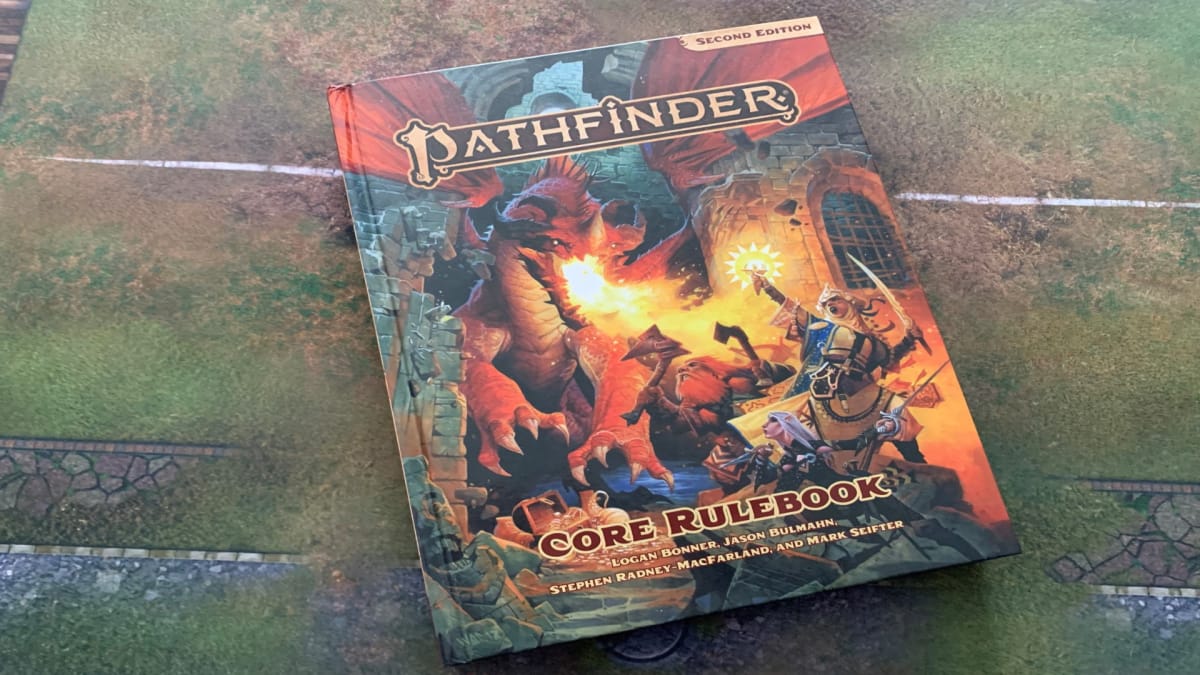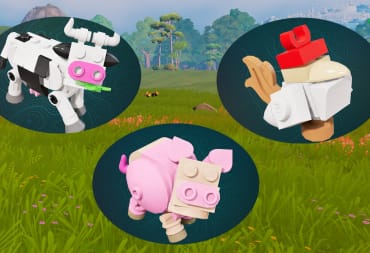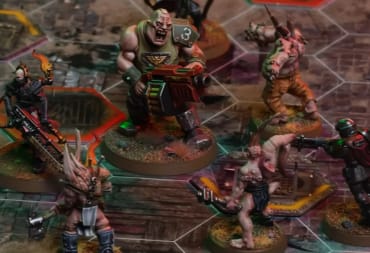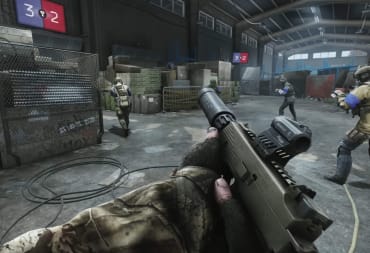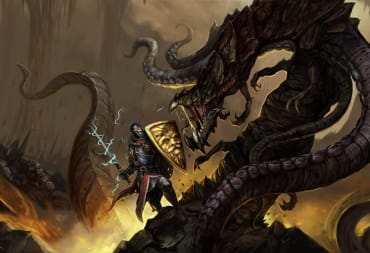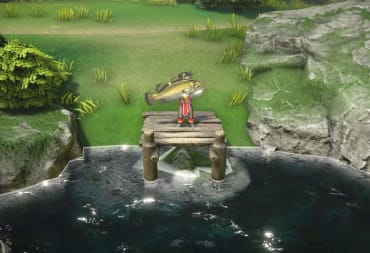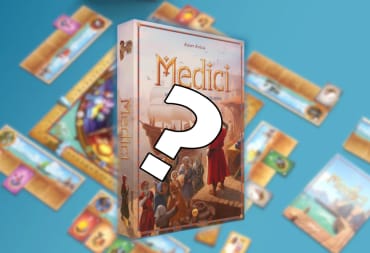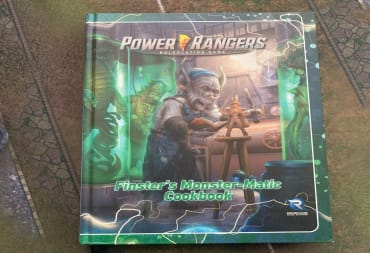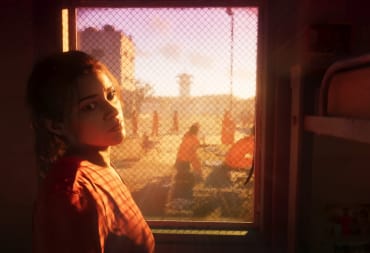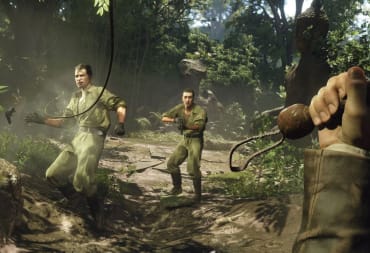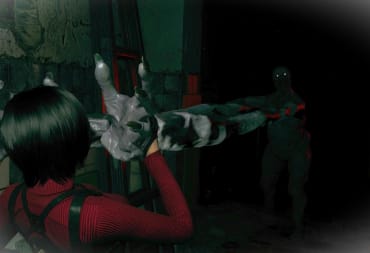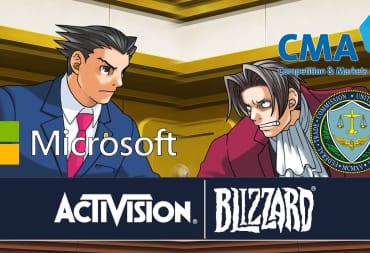As a response to Wizards of the Coasts' recent actions, the tabletop community has begun looking for alternatives to D&D 5e. While the publisher made a big step recently by making the SRD 5.1 Creative Commons, for many the damage was already done. While there are plenty of TTRPGs out there, ranging between numbers-lite storytelling engines and brutal OSR dungeon crawls, the biggest competitor to D&D has been Paizo's own TTRPG, Pathfinder.
And for a loud and passionate part of the TTRPG community, Pathfinder is seen as the only real alternative to D&D. The company was founded by former WOTC developers that worked on D&D 3.5e. The material is praised for remembering the roots of D&D, of dungeon crawls, tough monsters, and crunchy combat. Ever since 2009, it was seen as the only genuine competition on the market.
After spending several weeks taking a look at Paizo's take on a fantasy TTRPG, it's not hard to invite these comparisons. Overall, both TTRPGs are trying to portray the heroic fantasy experience with heroes, monsters, dragons, and gods. Pathfinder's entire approach to TTRPG design, while maintaining elements from the past, feels like a deliberate response to WOTC's current practices. Everything from its design philosophy to its worldbuilding to its business model.
And for someone that has spent a lot of time learning D&D, moving to Pathfinder resulted in quite a bit of culture shock.
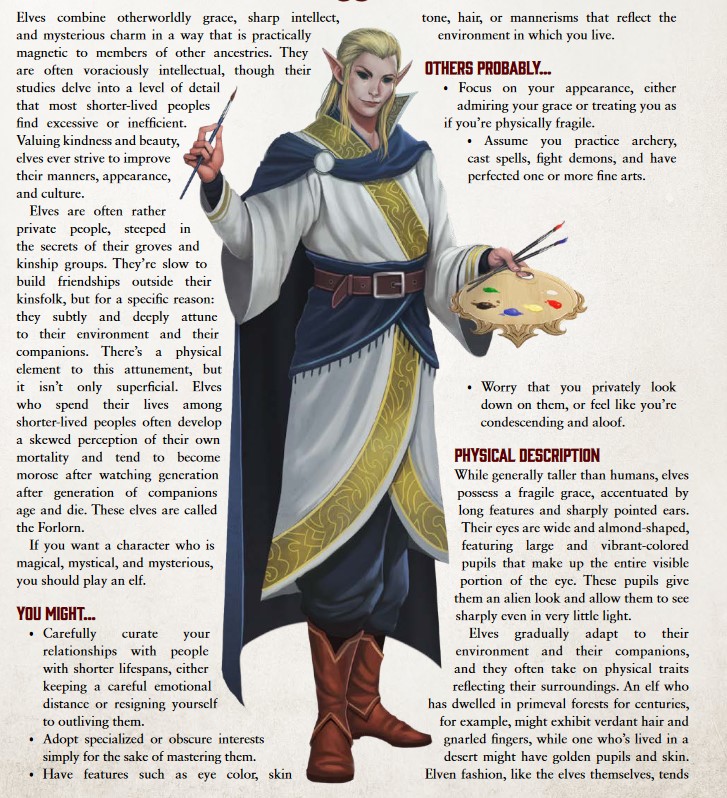
D&D to Pathfinder – The Player Experience
First, I want to get the immediate stuff out of the way: making and playing a character. And there's a reason why D&D 5e has become so popular in this regard. The various character archetypes are clearly delineated and a lot of the complexity is streamlined. Outside of homebrew or multiclassing however, there is a limit to how much you can create.
Pathfinder 2e by contrast is very open when it comes to building a character. While there is a lot more math involved, the process feels more like a blend of mechanics and storytelling. A character starts with all of their stats at 10, then those stats are boosted depending on what you pick for your character. This Background increases their Strength. Picking this ancestry gives them better Constitution. The list goes on.
On top of that, Pathfinder leans into biodiversity when it comes to its characters. Humans have distinct ethnicities, complete with their own local dialects and culture. Depending on where you go, everything from elves to dwarves to tieflings can look completely different. From just the Core Rulebook alone, you have to try to make two characters that are exactly the same.
Finally, there is how players interact with the world. While D&D 5e has a strict action economy: Move, Standard, Bonus, Reaction, Pathfinder 2e has a more freeform three-action system. You get three actions in a turn and they can be used for anything. The difference is night and day with players having more agency on the battlefield, attacking multiple times or dashing through difficult terrain. It does take some getting used to, especially if some players don't know what a Base Attack Bonus is, but these are all robust additions.
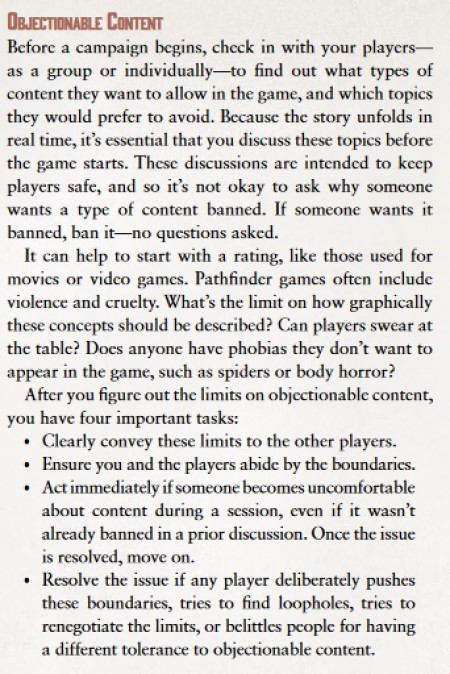
D&D to Pathfinder – The GM Experience
Personally, this is the biggest point of divergence between these two tabletop titans. How each company handles information, rules, worldbuilding, and storytelling material.
D&D 5e is in a weird position in this regard. This game has been around for almost 50 years, is packed with imaginative worlds, memorable monsters, and interesting characters. Yet, my learning about any of that didn't come from any of the 5e books but from wikipedia pages and having older players tell me about them.
Modern D&D just isn't interested in concrete worldbuilding anymore. Wizards of the Coast are more content with providing the tools and foundation for the start of a campaign, then leaving the GM to figure things out themselves. This can be seen not just in their official adventure books, which are built with some modularity in mind, but in how their threat progression and economy works. While the system is very dynamic with things like advantage/disadvantage and the Damage Severity By Level chart, there's a reason why most players say the challenge falls apart around level 10.
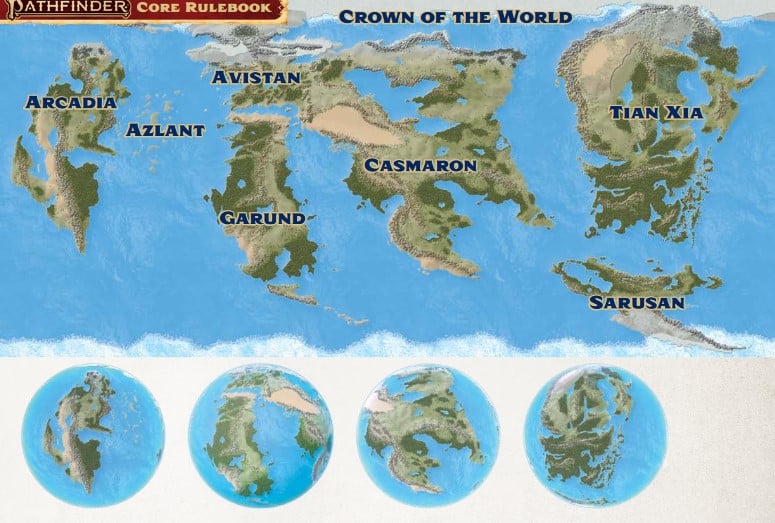
By contrast, Pathfinder's worldbuilding is dense, layered, and packed with history, all while inviting storytelling possibilities. The land of Golarion is rich with named characters, a pantheon of gods, and a multitude of regions and countries, all intertwined with complex geopolitical relationships and economic connections. Furthermore, the sourcebooks for Pathfinder 2e are all about fleshing out these various regions, from the city of Absalom to the Impossible Lands. Each one goes to great lengths describing everything from the local government, key heroes and icons, as well as how an average day goes for a commoner. Those exact same books also provide additional character options like alternative ancestries or unique backgrounds.
Despite being around for over a decade, the main setting of Pathfinder is a masterclass in fantasy worldbuilding.
This quality by volume is also consistent across their supplements. Brand new player options aren't just several pages of ideas, but entire chapters of subclasses, feats, spells, and equipment, all brought together in a single substantive book. Prewritten campaigns, called Adventure Paths, are immensely well paced and are packed with variety. There are even free Player Guides you can download from Paizo's website, letting players know about certain worldbuilding details as well as inform them about content warnings for running a campaign in the setting. As someone who advocates for mindful play and in-depth Session 0s, this is a godsend.
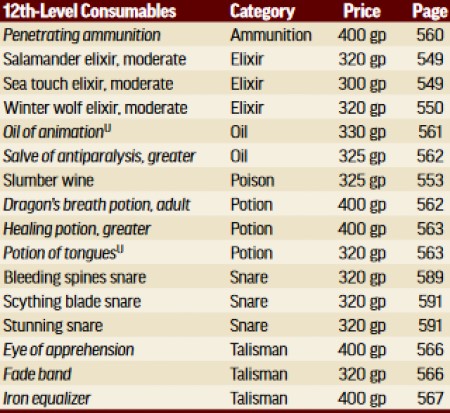
Finally, there is how Pathfinder 2e handles its various rules and mechanics. First, there's a clear and present sense of progression as characters level up and a campaign escalates. This is because just about everything: weapons, monsters, settlements, equipment, etc., have a corresponding chart that marks their overall value or worth. If you're a GM that is worried about challenge or don't want to be bothered with homebrew, Pathfinder 2e has a very clear and concise system of charts, numbers, and rules.
The biggest trade-off to that is there are a lot more rules to internalize. For comparison, the Player Handbook and Dungeon Master Guide for D&D 5e comes in at about 300 pages each. Pathfinder 2e's Core Rulebook alone is about 600 pages. While there are fewer cases for a DM's personal ruling or creative interpretation, more rules does mean a greater cognitive load behind the GM screen.
D&D to Pathfinder – Final Thoughts
Despite all of this great material, there are still some areas where I prefer D&D 5e's systems. Its Social Encounters chart feels more organic and natural compared to Pathfinder 2e's more artificial Influence system. While Pathfinder 2e's systems are clearly tested, reliable, and consistent, they can feel creatively restrictive when it comes to making original player options or creatures. It is not impossible, the Pathfinder Infinite platform can attest to that, but it requires a lot more work. Finally, Paizo's store, while offering useful things like PDFs or VTT assets, is horribly antiquated compared to other online retailers, making a single purchase feel like pulling teeth.
But none of these complaints should take away from the fantastic foundation that Paizo has built for Pathfinder 2e. In many ways, seeing how they have supported their community refreshed my love for the hobby and the shear imagination that TTRPGs can invoke. Because that is the good thing about seeing how another community lives: it broadens your horizons.
Have a tip, or want to point out something we missed? Leave a Comment or e-mail us at tips@techraptor.net
